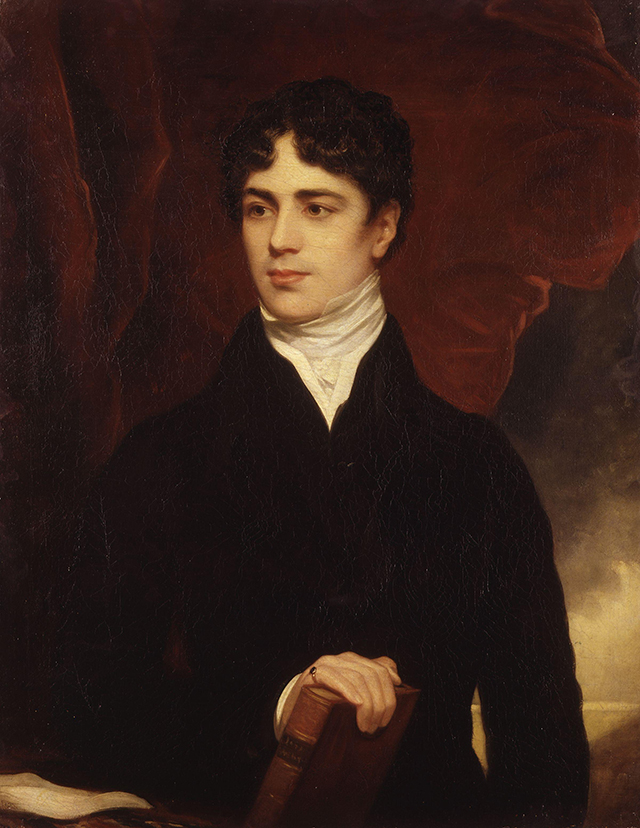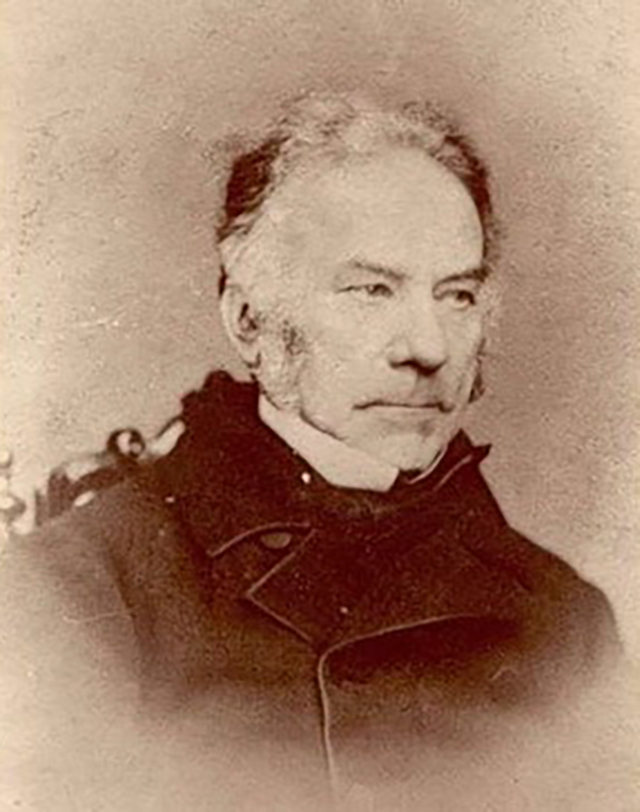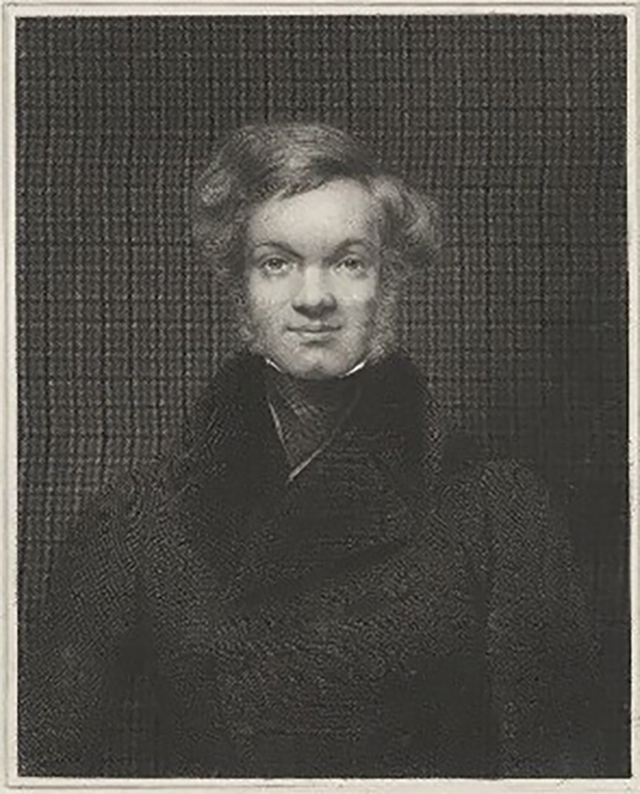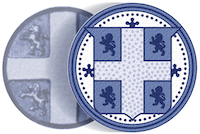Special Meeting - Monday, 4th November, 1839
Submitted by Steve ThompsonThroughout the long history of Palatine Lodge No. 97, the Lodge has borne witness to numerous historical events and many of its members have helped to shape Local, National and World History.
The Lodge minutes are a rich source of information and a fascinating glimpse into the past, but often, our members interesting life stories have long been lost in time.
Before every meeting, the Lodge publishes a Summons; essentially an agenda, and, on important occasions, the Summons includes a list of Outstanding Events; a reminder of our Lodge’s incredible history.
One Outstanding Event featured in the Lodge minutes and mentioned in the 1957 200th Anniversary Summons, is an example of such an occasion; the significance of which, and life stories of the Gentlemen involved have been lost in the mists of time.
The event reads:
1839, November 4th, Special Meeting of the Lodge, held by dispensation, granted by H.R.H. the Duke of Sussex, Grand Master, at the request of the Earl of Durham, for the purpose of initiating Mr. Charles Buller, Jnr., M.P. and Mr. Benjamin Hawes, M.P. At this meeting Mr. Joseph Simpson, Rock Lodge, Monkwearmouth, Mayor of Sunderland, and Prince Achmed Nadir Shaprada, were also initiated.

John George Lambton, 1st Earl of Durham

Sir Benjamin Hawes

Charles Buller
Entries in the United Grand Lodge of England Freemason Membership Registers, 1751-1921 confirms that these individuals were indeed initiated into Palatine Lodge at a Special Meeting, held on 4th November, 1839.

Membership Records
Palatine Lodge has held its meetings on the second Thursday of the month since 1780. This meeting was described as Special, because it was held on Monday, 4th November, so permission or dispensation, as it is known, was required.
So, who were these Gentlemen, you may ask yourself?
Joseph Simpson was indeed the Mayor of Sunderland, 1838-39 and the records show that he was born in Monkwearmouth and, at his initiation, aged 52 and his profession is listed as a Gent.
The Earl of Durham was John George Lambton (1792–1840), M.P. for Durham from 1812 to 1828, after which he became Baron Durham, of the City of Durham and of Lambton Castle, in the County Palatine of Durham.
Much has been written about the 1st Earl of Durham, save to say that he was a leading promoter of reform, earning the nickname of ‘Radical Jack.’ He helped draft the famous, ‘Reform Bill,’ of 1832. It changed the electoral system by abolishing tiny districts; gave representation to cities; gave the vote to small landowners, tenant farmers, shopkeepers and to householders who paid a yearly rental of £10 or more.
In May, 1838, Lord Durham arrived in Canada, after being named Governor General and High Commissioner of British North America. His task was to investigate the political situation and recommend governmental reforms. He is lauded in Canadian History for his radical report which initiated positive changes to the government and the constitution. After his time in Canada, he served as Ambassador to Russia.
He was a natural rebel who turned his rebellious energies to constructive purposes; was much loved and respected by all, so much so that after his death in 1840 a publicly funded monument was built, on Penshaw Hill, to commemorate his life.
Like Lord Durham, Charles Buller (1806-1848) was a Whig Politician. He served as a Member of Parliament for East Looe, Cornwall and he too was a radical, but described by Thomas Carlyle, as "the genialest radical I ever met.”
In 1838, Buller served as Lord Durham’s Private Secretary in Canada and drafted much of the Reform Report. A politician who was so highly respected that his memorial stands in the north transept of Westminster Abbey.
Benjamin Hawes (1797-1862) was also a member of the Whig Party and Member of Parliament for Lambeth. In the Russell Government he was assigned the post of Under-Secretary of State for War and the Colonies. Although from a wealthy soap manufacturing family, he too was a radical M.P. who sought to fight for those at the lower end of the social scale. He was one of a small group of MP’s that showed sympathy with the Chartist Movement; whose aims were: that all men should be able to vote in secret polls; constituencies should be of equal size; MP’s should be salaried; that there should be the abolition of the property qualification to become an MP and Parliament should be voted for annually.
Little is published about Prince Achmed Nadir Shaprada except that which is shown in the United Grand Lodge of England Freemason Membership Registers. It states that he was born in Constantinople and his profession is described as a Turkish General.
So, what brought The Earl of Durham, Charles Buller M.P., Benjamin Hawes M.P and Prince Achmed Nadir Shaprada together and why did they join Palatine Lodge?
Clearly all had radical tendencies, favouring institutional reform, and the three M.P.’s were members of the Whig party. Lord Lambton and Buller knew each other, having worked together in Canada, and returned to England together in 1838.
Lambton, Hawes and Buller were interested in colonial matters. Lambton was a founding member and chairman of the New Zealand Company that played a key role in the colonisation of New Zealand. Hawes was later to become the Under-Secretary of State for War and the Colonies and Buller, along with his associates, were working on a scheme to colonise South Australia, Canada, and New Zealand.
As all were radical M.P.’s favouring the working man, the Chartism Movement may have brought them together. The North East was a Chartist stronghold, George Binns, whose father founded Binns Department Store, along with his friend, James Williams, were prominent Sunderland Chartists. They ran a Booksellers and News Agency in Bishopwearmouth that was effectively the headquarters of the movement in County Durham. November 4th, 1839, is also famed for the Newport Rising; a large-scale Chartist March on Newport, which included many coal-miners, most with home-made arms! However, the march sadly resulted in the death of twenty two demonstrators when troops opened fire and the leaders were convicted of treason! Was their visit to the North East connected to future Chartist action? We will never know…
Undoubtedly, all three men had similar interests and motivations which could have brought them together, but what of Prince Achmed Nadir Shaprada, the Turkish General? At that time the Turkish Ruler, Sultan Mahmud II, was a reformer interested in westernisation and modernisation, making extensive administrative, military, and fiscal reforms. So, was Shaprada visiting to learn from the likes of Lambton and Buller? Again, we will never know…
What is clearer is why Palatine Lodge No 97 was chosen for their initiation into Freemasonry.
Throughout its history, Palatine Members have striven to deliver Ceremonies to the highest standard. This was evident when on 17th December 1829, the 1st Earl of Durham, Provincial Grand Master, John George Lambton, paid tribute to the ‘Sea Captain’s Lodge,’ and stated that:
It would be his constant theme to hold them up, for example, to all the Lodges within the Province, as a Pattern and Guiding Star in Masonry.
Then in 1830 the name of the Lodge was changed from the ‘Sea Captain’s Lodge,’ to ‘Palatine Lodge,’ a title of honour and suggested by the 1st Earl of Durham.
The Lodge evidently impressed the Earl of Durham so much that on 15th November 1834, he decided to become a member and was unanimously elected by the Lodge as a joining member.
A Lodge stalwart at that time was Sir Hedworth Williamson, 7th Baronet (1797-1861), a prominent Whig Politician and M.P. for North Durham and then Sunderland, Mayor of Sunderland in 1841 and 1842, a Past Master of Palatine Lodge on three occasions and who later became Provincial Grand Master from 1841 to 1845.
So, given Palatine’s esteemed membership and Lord Durham’s high regard for the Lodge, it is not surprising that he chose, what he considered to be the best Lodge in the Province to initiate these important allies into Freemasonry.
Although we may never know the true reasons that brought these men together, there is sufficient evidence to suppose that a shared sociopolitical mindset and a need, by Lord Durham, to strengthen alliances led to this ‘Special Meeting’ on Monday 4th November 1839, an occasion worthy of featuring as one of the many ‘Outstanding Events in our Lodge’s History.’
